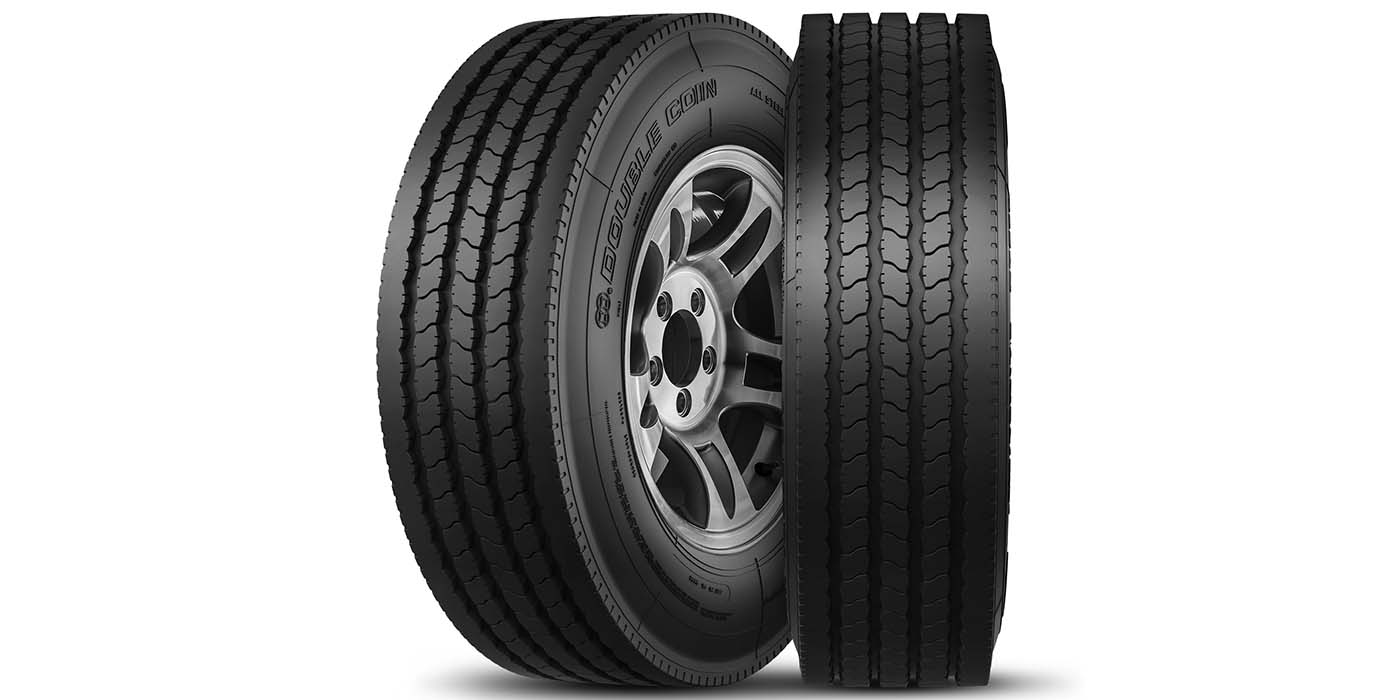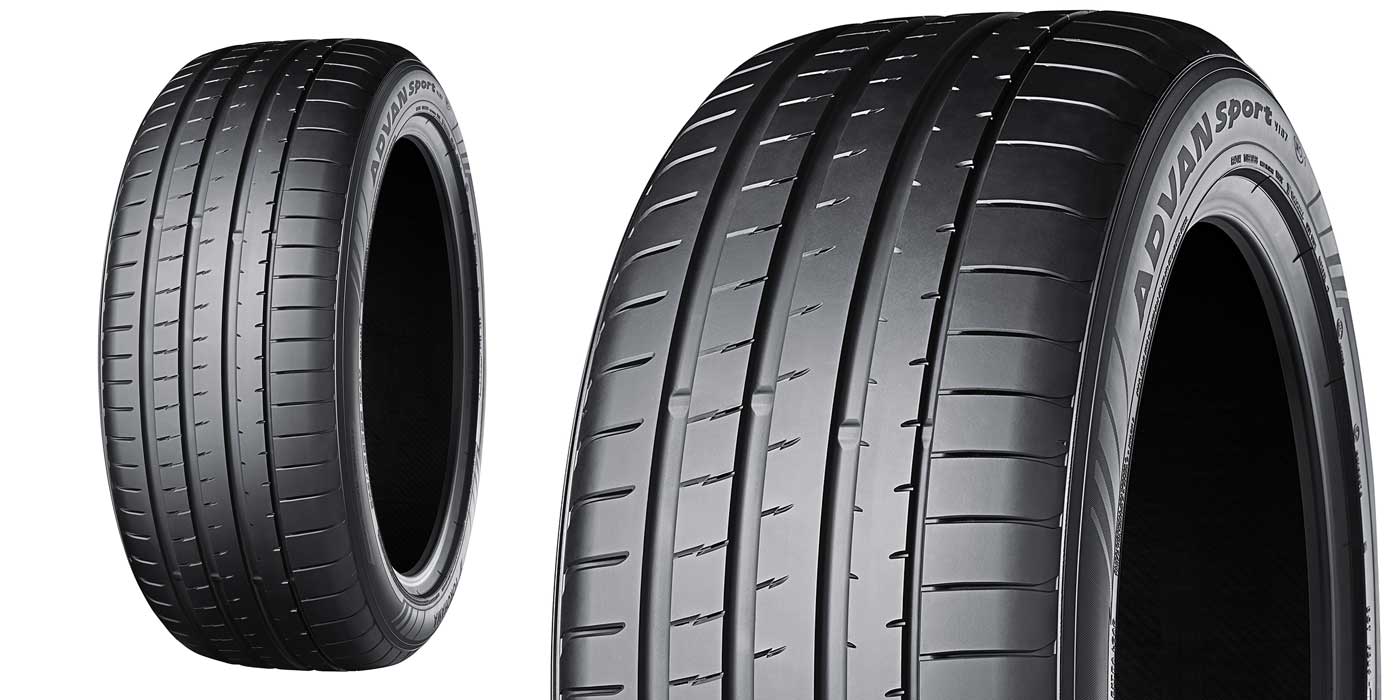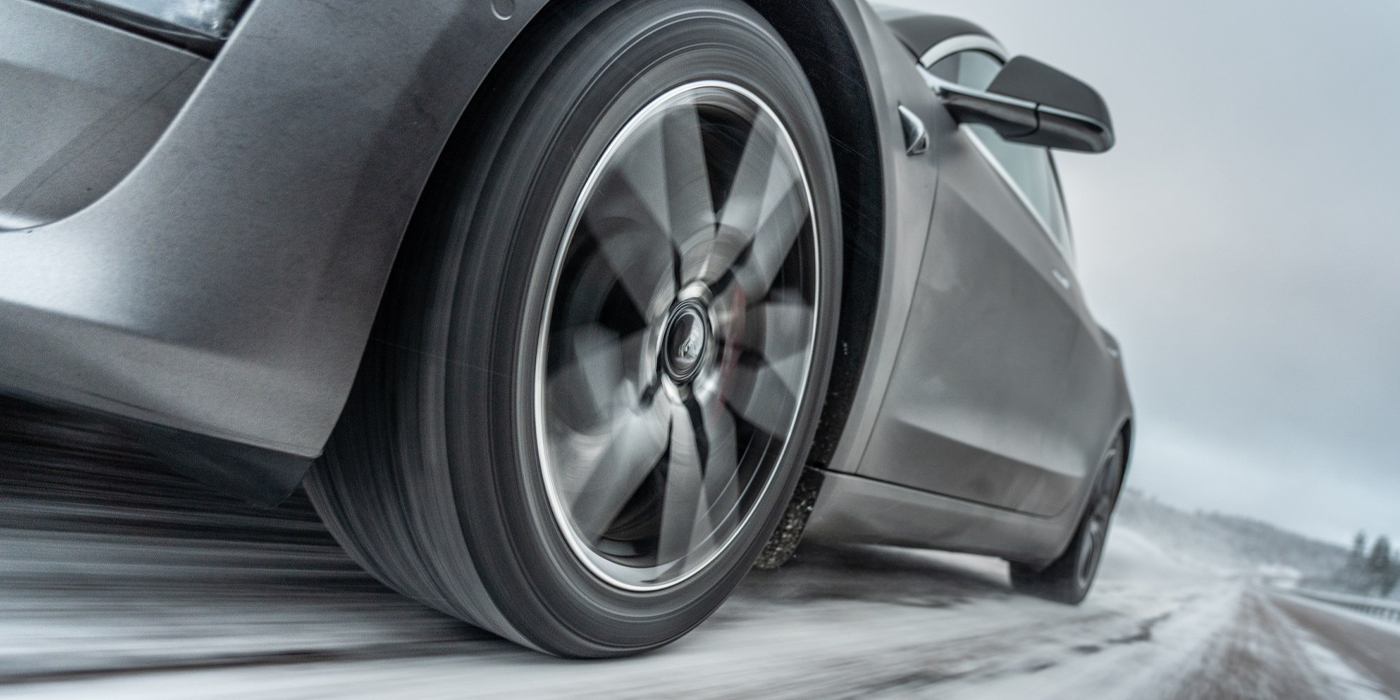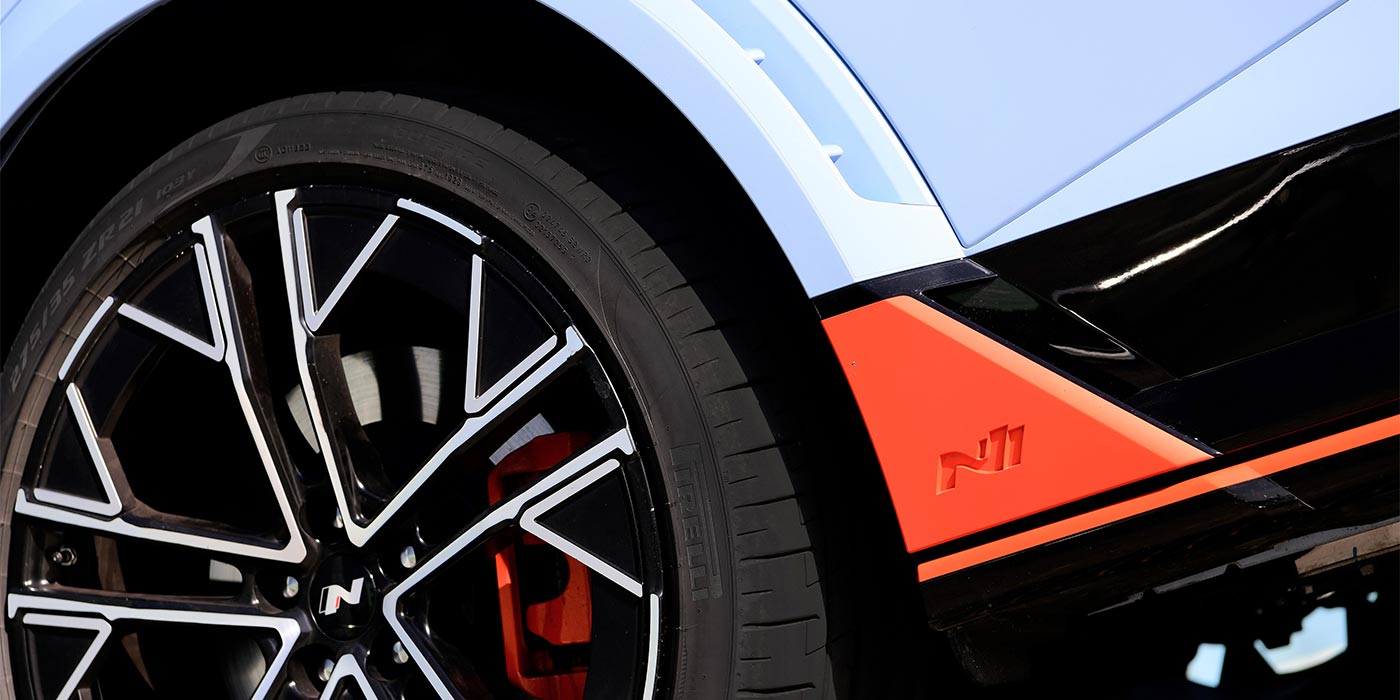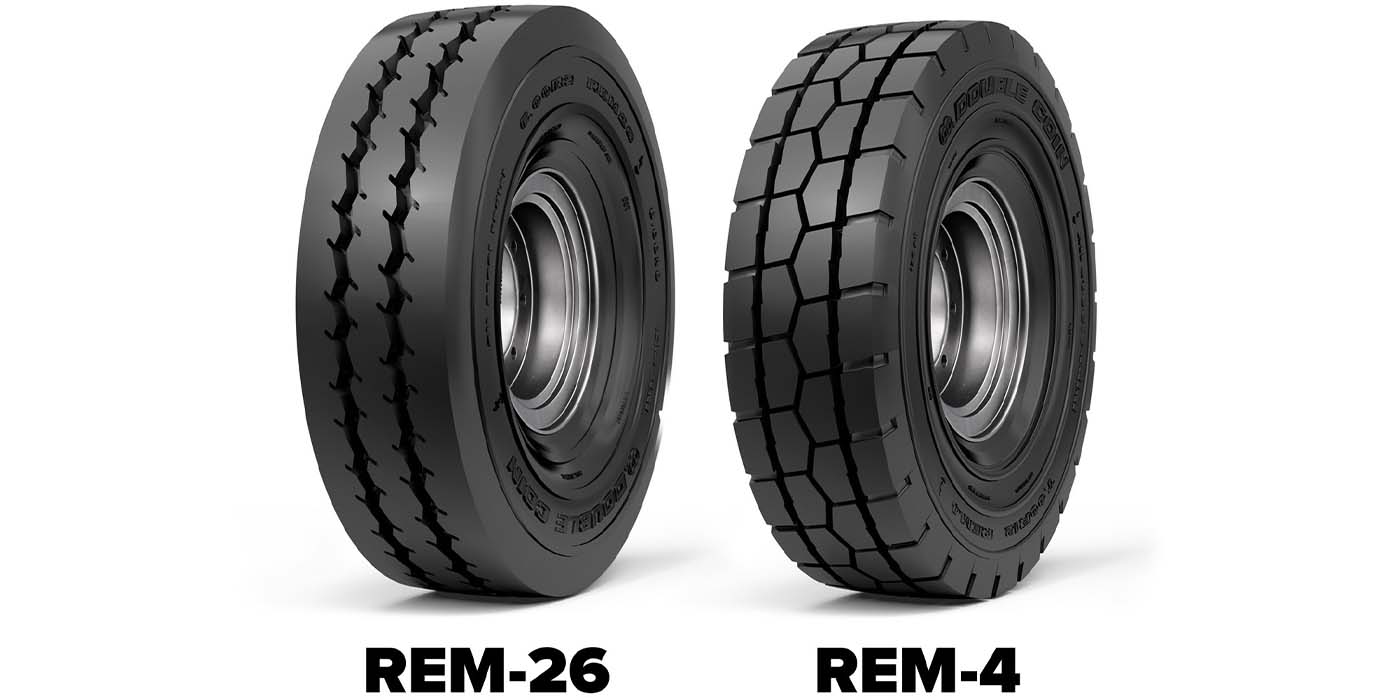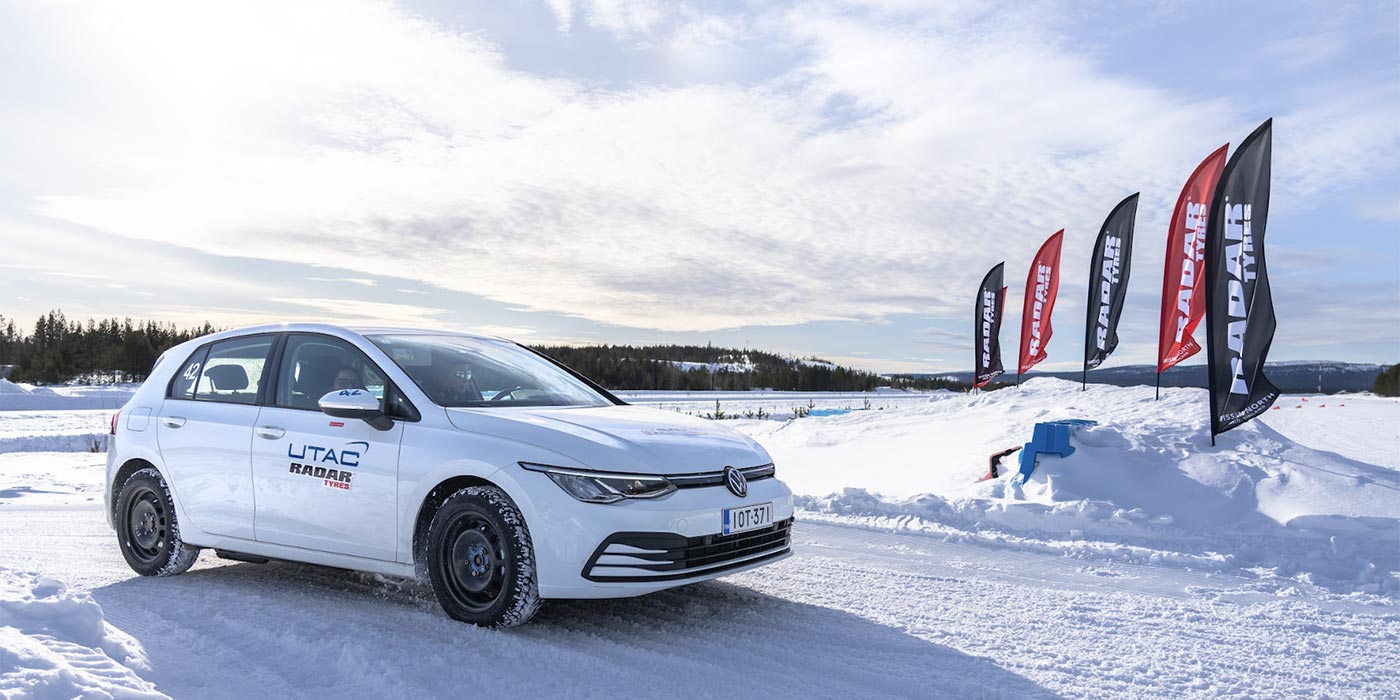Frequent winter storms during the 2008-10 winter seasons may have been the reason for the increase in all-wheel drive (AWD) vehicle sales in the U.S. Toward the end of 2010, AWD vehicles accounted for over one-third of new passenger car sales.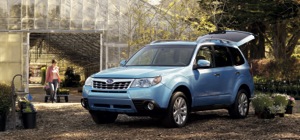
Intuitively, one would think that an AWD vehicle would not require regular tire rotations because power is constantly directed to all tires; therefore, all of the tires would wear at the same rate. That is the thought lingering in the minds of some AWD vehicle owners. But when it comes down to it, tire rotation is the second most important maintenance item (tire pressure being first) that can be done to maximize tire life, and this pertains to AWD vehicles, as well.
In last month’s Tire Tech column, we talked briefly about tire noise and a tire tread block element. The amount of forces acting on the tread is astounding due to a vehicle’s weight, speed and traction requirements.
As far as tire wear goes, the mechanism that induces tire wear is slip. Think back to high school physics class and the subject of friction. The force required to move an object along a surface equals the coefficient of friction multiplied by the load on the object.
Reaching this level of force, or wheel torque in this case, while driving usually results in wheel spin during acceleration or lock-up of a wheel under braking. Every time slip occurs, rubber molecules are sheared away from the tire tread and left on the roadway surface.
Slip also occurs as a vehicle turns a corner or changes direction. Tire engineers refer to the slip angle of a tire, which is the difference between the direction the tire is pointing and the actual path the tire takes.
As a side note, when the slip angle of the front tires is greater than the rear tires, then an understeer or push condition occurs. The opposite occurs when the slip angle of the rear tires is greater than the front tires, also known as oversteer. Most production road vehicles are designed to understeer because oversteer requires a bit more driver skill to correct and a majority of drivers do not have that specific skill set. We will come back to slip angle in just a moment.
Focusing on treadwear, tire engineers manipulate the angles of the groove walls, or sides of the tread blocks, to control the amount of movement that the tread block experiences as it enters, rolls through and exits the footprint.

Think of a tread block as a flexible column. The tread block squirms a given amount due to the tremendous compression load it sees as it goes through the footprint. Designing the sides of the tread block to be perpendicular to the road surface provides maximum groove volume for hydroplaning performance, but it compromises the column strength of the tread block, which eventually leads to more movement in the footprint, and subsequently, a higher treadwear rate.
Perfect Balance – and Rotation
We all understand that a tire engineer’s job is a balancing act. Rather than designing the sides of the grooves to be perpendicular to the road surface, tire engineers adjust the angle from three degrees and greater to achieve the proper strength needed to prevent or minimize squirm or slip in the footprint, yet provide adequate groove volume for hydroplaning performance. The key for long tread life is minimizing movement of the tread blocks during straight-ahead rolling.
Next, we add in vehicle alignment to the treadwear recipe. Most automakers design vehicle suspensions with adjustable caster, camber and toe to achieve a desired level of handling and treadwear balance. The vehicle’s alignment specifications add complexity to the stresses on the tire tread, which can result in irregular wear as the vehicle rolls down the highway.
Considering that a vehicle’s weight distribution is generally 60% on the front axle and 40% on the rear axle, the reduced load on the rear tires can sometimes result in higher irregular wear because there is not enough weight to prevent straight-ahead rolling slip. An improper rear alignment will certainly guarantee irregular wear.
Regularly scheduled tire rotation is critical for long and even wear. Allowing each tire to run on every wheel position during the life of the tire will mix up the duty cycle for the tread pattern and prevent irregular wear patterns from setting in and reducing overall tread life. Irregular wear patterns also produce unnecessary and elevated tread noise.
Now getting back to slip angle, since most vehicles have some level of understeer designed into them, the front tires will experience more slip than the rear tires. This reason alone is why regular tire rotation is necessary.
For front-wheel drive vehicles, the Forward-X rotation is recommended. For rear-wheel drive vehicles, the Rearward-X or X-rotation is best. This assumes that the front and rear tire sizes are the same.
For different sizes with non-directional tread patterns, rotation from side-to-side is the only option. Asymmetric tread patterns can be considered as non-directional. Front-to-rear rotation is applicable for directional tread patterns with the same size front and rear. Simple tire rotation does not apply to directional tread patterns with different front and rear sizes. The only option is to have the tires dismounted and remounted on the opposite side of the vehicle.
A majority of AWD vehicles generally operate in two-wheel drive mode and activate AWD based on demand. Wheel speed sensors detect a loss of traction and torque is directed to the wheel positions with better grip. The few exceptions in the market split power between the front and rear axle constantly and also redirect power to the axle with the most traction; some makers of these AWD systems may wrongly insist that one cannot use simple tire rotation patterns.
Regardless, each wheel position on an AWD platform sees varying degrees of driving traction and steering. Regular intervals of tire rotation between every 5,000 to 7,500 miles will maximize tire life and provide the best available traction and handling balance for the vehicle. If the drivetrain is primarily 2WD, then follow the rotation pattern correct for front- or rear-drive and the tread pattern.

